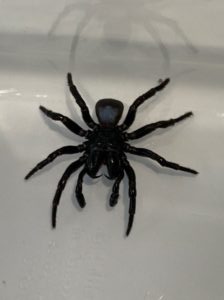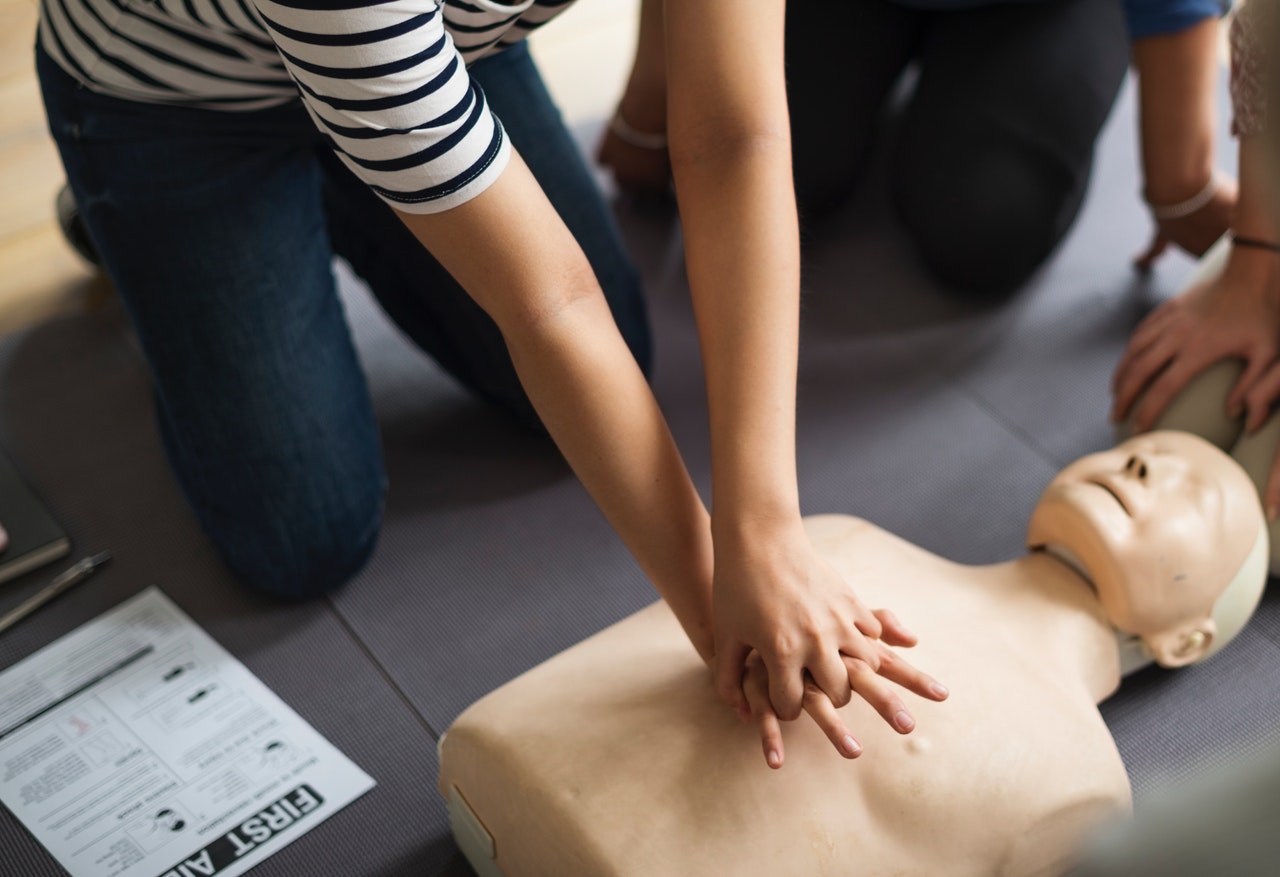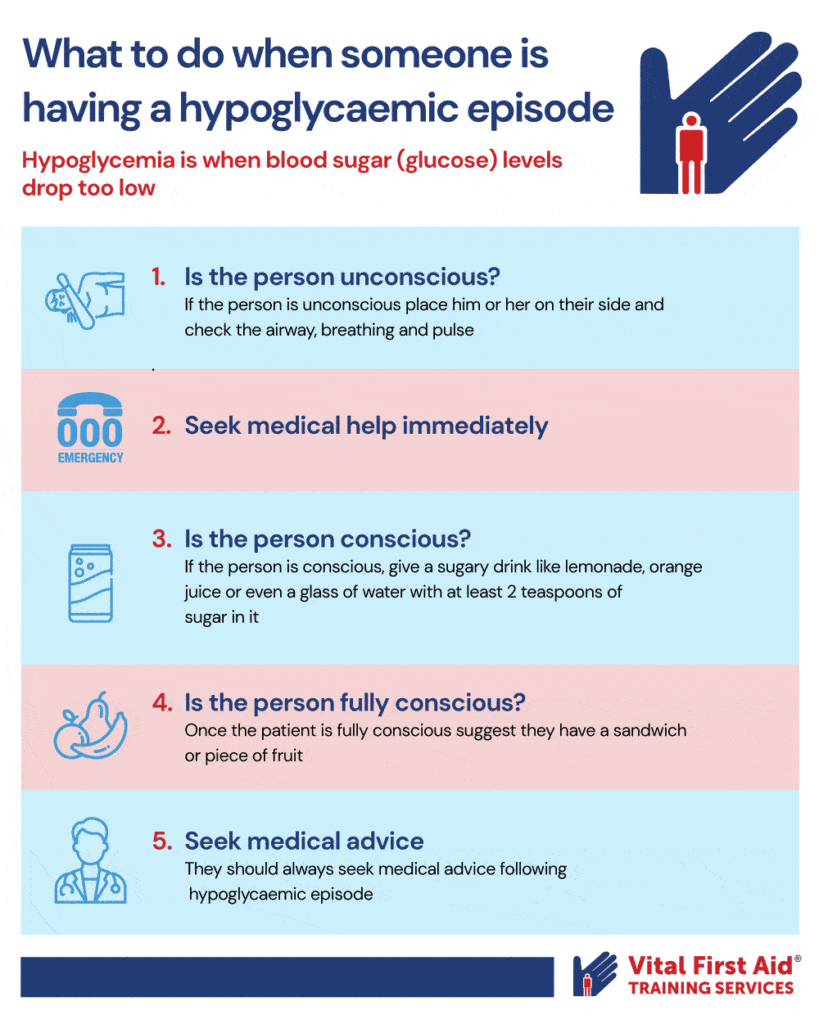There seems to be resurgence in questions about legal risks of doing first aid, in particular for paramedics providing care when not at work. I confess I fail to understand the fear – there are no reported cases of people being sued for doing first aid whether they are untrained, trained, paramedics, nurses or doctors. Further to this, the parliaments have gone to great lengths to try and reassure ‘good Samaritan’s’ that they are not at legal risk (see https://emergencylaw.wordpress.com/civil-liability-legislation-in-each-state/).
Let me put this in some context. Most people drive a car. If you’re afraid to do first aid, you should be terrified of driving, because everyone who drives makes mistakes. Most of the time they have no consequences. Sometimes you or someone else notices and you think ‘that was close’. Most drivers believe they are competent and most are most of the time. Drivers, trying to do their best and with no intention of hurting anyone, can cause horrific accidents where everything held dear – loved ones, financial security, future health etc can be lost in an instant.
Drivers face the risk of criminal penalties ranging from traffic infringement notices to imprisonment for manslaughter. Nearly all traffic offences can be committed unintentionally and when trying to do your best.
But still, we get up, get in the car, and drive off placing our lives and the lives of every other road user at risk. Why do we do that? Because there’s social value in having a car – it’s convenient and allows us all to do things we could not otherwise do. It improves the lives of most of us even though cars will take the lives of some of us. How do we manage the risk? We back ourselves and we buy insurance. Compulsory third party insurance is, as the name suggests, compulsory so we have that to ensure that anyone injured by our negligence (and increasingly persons injured without negligence) receive assistance with costs that come with allowing people to drive cars. And many but not all take out first party insurance to cover the losses to our own vehicle or property damage done to others. We spread the financial risk via insurance and we drive to what we believe are our levels of competency.
The risks of driving are much higher than doing first aid – you are much more likely to injure someone and much more likely to face legal consequences. In first aid, the law is so in favour of the rescuer that the risk of being sued is as low to zero as one can imagine. Even so, the risk can be mitigated by insurance. Registered health professionals should have Professional Indemnity Insurance so they can spread the risk. For others household contents insurance often provides public liability cover – see for example AAMI Home Contents Insurance Product Disclosure Statement (PDS dated 01/10/13), p. 36. But you don’t need insurance – the risk of being sued is as low to zero as one can imagine. You probably go out in public without thinking about insurance but you may bump into someone but you don’t live in fear that everyone is looking to sue you.
And back yourself, do what you believe is required in the best interests of the person in need of care and do what you believe you are competent to do.
Conclusion
If you’re prepared to drive a car, you should not be afraid of the legal risks of rendering first aid assistance to a stranger.

Discussion on the law that applies to or affects Australia’s emergency services and emergency management, by Michael Eburn, PhD and Barrister.








